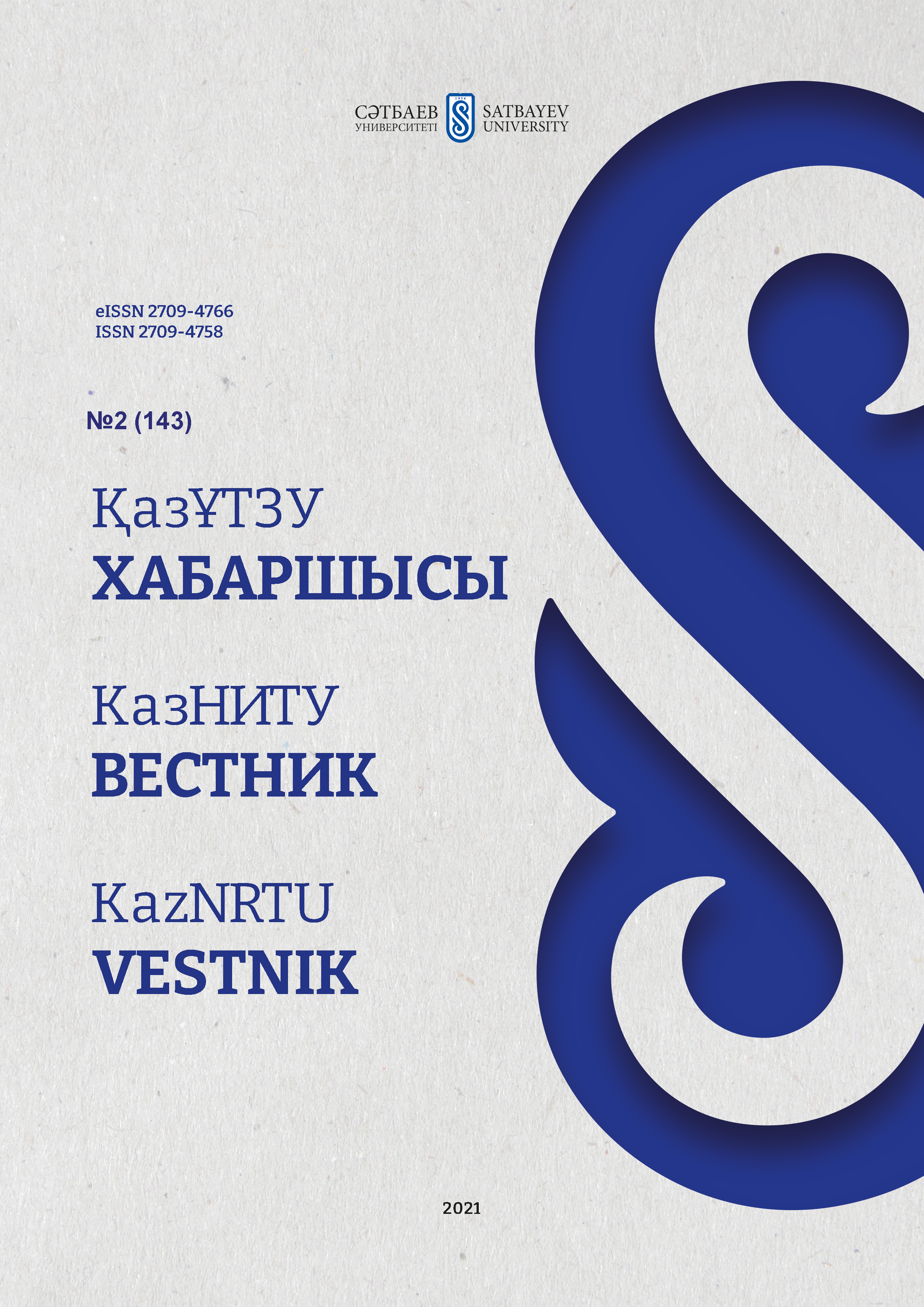History of the study of vertebrate fossils of the phanerozoic of Kazakhstan
DOI:
https://doi.org/10.51301/vest.su.2021.i2.04Keywords:
Western Kazakhstan, vertebrates, ichthyosaur, Cenozoic, Mesozoic, fossil, UndorosauridaeAbstract
The history of the study of fossil vertebrates of the Cenozoic era (from the Late Miocene to the Holocene) in the territory of Western Kazakhstan dates back to the XVIII century. Since then, dozens of their locations have been discovered, where valuable paleontological material, including skeletons and skulls, has been collected. The study of the Cretaceous reptiles of Kazakhstan began at the end of the XIX century. Ichthyosaurs and plesiosaurs are characteristic of the entire Early Cretaceous and Cenomanian, which is associated with the largest number of finds. Terrestrial reptiles-archosaurs (mainly dinosaurs, less often crocodiles and pterosaurs) and turtles - are known from the Neocomian to the Senon inclusive, but predominate in the first half of the Late Cretaceous. The history of the study of large mammals of the Cenozoic era and reptiles of the Mesozoic era on the territory of Kazakhstan, from the very first works of the XVIII century to the present time, is considered.
Downloads
Published
How to Cite
Issue
Section
License
Copyright (c) 2021 VESTNIK KAZNRTU

This work is licensed under a Creative Commons Attribution-NonCommercial-NoDerivatives 4.0 International License.
<div class="pkpfooter-son">
<a rel="license" href="http://creativecommons.org/licenses/by-nc/4.0/"><img alt="Creative Commons License" style="border-width:0" src="https://i.creativecommons.org/l/by-nc/4.0/80x15.png"></a><br>This work is licensed under a <a rel="license" href="http://creativecommons.org/licenses/by-nc/4.0/">Creative Commons Attribution-NonCommercial 4.0 International License</a>.
</div>





